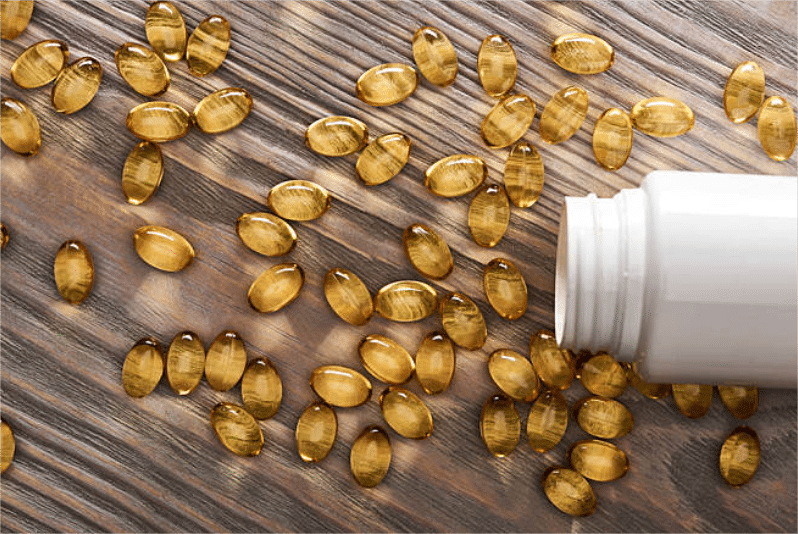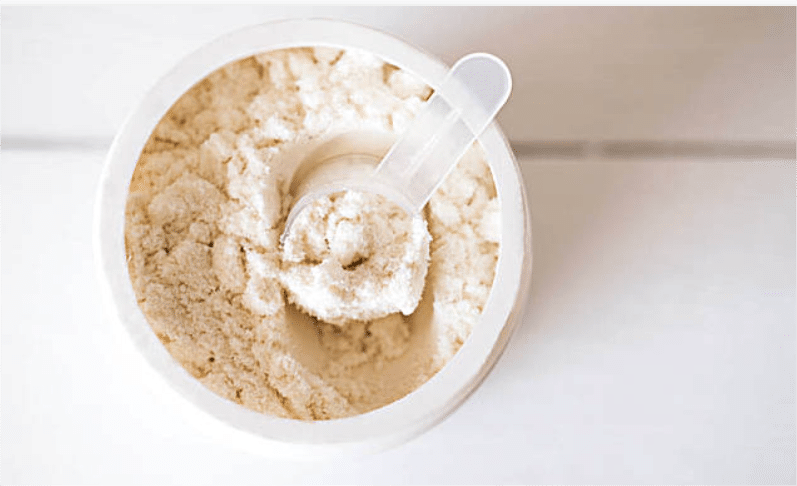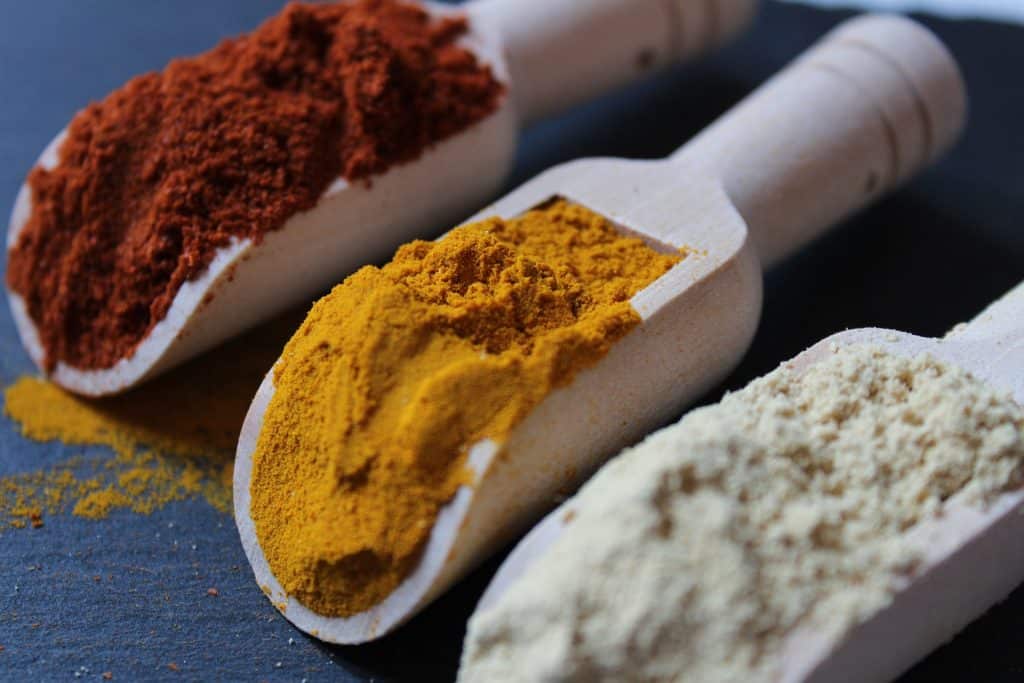Introduction
Joint health and overall mobility are vital for maintaining quality of life, particularly as we age. Various supplements claim to support joint health, with eggshell membranes and glucosamine being two notable options. Both have garnered attention for their potential benefits in managing joint pain and promoting cartilage health. This article compares eggshell membranes and glucosamine, exploring their mechanisms, health benefits, and practical applications.
What is an Eggshell Membrane?
The eggshell membrane (ESM) is a thin, translucent layer between the eggshell and the egg white. This membrane is a rich source of various bioactive compounds believed to contribute to its health benefits.
Composition and Structure
The eggshell membrane comprises a complex matrix of proteins, glycosaminoglycans, and other molecules. Key components include:
- Collagen is the membrane’s primary structural protein, which supports tissue elasticity and strength.
- Glycosaminoglycans (GAGs): Hyaluronic acid, chondroitin sulfate, and keratan sulfate contribute to joint lubrication and cartilage health.
- Proteoglycans: These molecules combine proteins and carbohydrates and play a role in maintaining the structural integrity of cartilage.
History and Use
The use of eggshell membranes in health supplements is relatively recent. Research into its benefits began in the early 2000s, and it has since gained popularity for its potential to support joint health and reduce inflammation.
What is Glucosamine?
Glucosamine is a naturally occurring amino sugar that is essential for the formation and repair of cartilage. It is widely used as a dietary supplement to support joint health and alleviate symptoms of osteoarthritis.
Forms of Glucosamine
Glucosamine supplements come in several forms:
- Glucosamine Sulfate: The most commonly used form, often combined with sodium sulfate.
- Glucosamine Hydrochloride is another more stable form that may be better absorbed.
- N-Acetyl Glucosamine: A derivative that has applications beyond joint health, including in skin care.
History and Use
Glucosamine supplements have been used since the 1980s to treat osteoarthritis and other joint-related conditions. They are believed to support cartilage repair and reduce inflammation.
Mechanisms of Action
Both eggshell membranes and glucosamine have distinct mechanisms through which they exert their effects on joint health.
Eggshell Membrane Mechanism
The eggshell membrane supports joint health through several vital mechanisms:
- Collagen Supply: Provides building blocks for cartilage repair and maintenance.
- Glycosaminoglycans: Aid in joint lubrication and cushion, reducing friction and wear on the cartilage.
- Anti-inflammatory Properties: Contains compounds that may help modulate inflammatory responses, reducing joint pain and stiffness.
Glucosamine Mechanism
Glucosamine supports joint health primarily through the following:
- Cartilage Formation: Acts as a substrate for the synthesis of glycosaminoglycans, essential components of cartilage.
- Anti-inflammatory Effects: May help reduce inflammation within the joints, alleviating symptoms of osteoarthritis.
- Joint Lubrication: Enhances the production of synovial fluid, which lubricates and cushions the joints.
Health Benefits of Eggshell Membrane
Eggshell membranes have been shown to offer various health benefits, particularly related to joint health.
Joint Health
- Reduced Joint Pain: Studies have demonstrated that eggshell membrane supplements can help reduce joint pain and stiffness.
- Improved Joint Function: This may enhance overall joint function and mobility, especially in individuals with osteoarthritis.
Skin Health
- Collagen Production: Supports skin elasticity and hydration by providing collagen and other essential nutrients.
- Anti-aging Effects: This may contribute to reduced appearance of wrinkles and improved skin texture.
Bone Health
- Bone Density: Some evidence suggests that eggshell membrane can support bone health by providing calcium and other minerals.
Health Benefits of Glucosamine
Glucosamine has been extensively studied for its benefits in managing joint health and related conditions.
Osteoarthritis Management
- Reduced Symptoms: Glucosamine is widely used to alleviate symptoms of osteoarthritis, such as pain and stiffness.
- Cartilage Preservation: This may help slow the progression of cartilage degeneration and support overall joint health.
Joint Lubrication
- Enhanced Synovial Fluid Production: Supports the production of synovial fluid, which helps lubricate the joints and reduce friction.
Inflammation Reduction
- Anti-inflammatory Effects: Glucosamine may help reduce inflammation in the joints, relieving symptoms associated with arthritis.
Eggshell Membrane vs. Glucosamine: Comparing Efficacy
When comparing eggshell membranes and glucosamine, several factors come into play, including efficacy, bioavailability, and individual health needs.
Research Studies and Findings
- Eggshell Membrane: Research indicates that eggshell membranes can effectively reduce joint pain and improve mobility. Clinical trials have shown promising results in alleviating symptoms of osteoarthritis.
- Glucosamine: Extensive research supports glucosamine’s role in managing osteoarthritis symptoms. Studies have demonstrated its efficacy in reducing pain and improving joint function.
Bioavailability and Absorption
- Eggshell Membrane: The bioavailability of eggshell membranes is generally high due to their natural composition. However, individual metabolic factors can influence the absorption of its components.
- Glucosamine: Glucosamine is well-absorbed in the gastrointestinal tract, although its efficacy can be affected by its form and dosage.
Safety and Side Effects
- Eggshell Membrane: Generally considered safe with few reported side effects. Some individuals may experience mild gastrointestinal discomfort.
- Glucosamine: Also regarded as safe for most people. However, it may cause mild side effects such as gastrointestinal upset or allergic reactions in some individuals.
Applications and Usage
Both eggshell membranes and glucosamine are available in various forms and can be used to support joint health.
Recommended Dosages
- Eggshell Membrane: Typical supplemental doses range from 500 to 1000 mg daily. The optimal dosage may vary depending on individual needs.
- Glucosamine: Common dosages are 1500 mg daily, often divided into two or three doses. The exact dosage can vary based on individual health conditions.
Supplement Forms and Availability
- Eggshell Membrane: Available in capsules, tablets, and powders. It is also used in some skincare products.
- Glucosamine: Found in tablets, capsules, and powders and often combined with other supplements like chondroitin or MSM (methylsulfonylmethane).
Practical Tips for Incorporating into Diet
- Eggshell Membrane: Choose high-quality supplements from reputable sources. If you prefer a natural approach, incorporate dietary sources like eggs into your diet.
- Glucosamine: Opt for supplements that contain glucosamine sulfate or hydrochloride, depending on your specific needs. Pair with a balanced diet and healthy lifestyle for optimal benefits.
Conclusion
Both eggshell membrane and glucosamine offer valuable benefits for joint health, each through different mechanisms and compositions. Eggshell membrane provides a natural source of collagen and glycosaminoglycans, supporting joint lubrication and reducing inflammation. Glucosamine, on the other hand, plays a crucial role in cartilage formation and joint lubrication.
Choosing between eggshell membrane and glucosamine—or using them together—depends on individual health goals and needs. Understanding their distinct benefits and mechanisms can help you make informed decisions about supplementation and joint health management.
Maintaining a balanced diet, engaging in regular physical activity, and considering appropriate supplements can help support joint health and overall well-being.
In the ever-evolving landscape of health supplements, understanding the raw materials that underpin these products is vital for businesses aiming to create effective solutions for their consumers. Among the popular ingredients in joint health supplements are eggshell membrane and glucosamine, two contenders with unique properties, benefits, and applications. This article delves into an insightful comparison of eggshell membrane and glucosamine, focusing on their efficacy, safety, production processes, and market applications. By the end, businesses will have a clearer perspective to inform their procurement decisions.
Understanding the Basics: EggsShell Membrane and Glucosamine
To grasp the nuances of eggshell membrane versus glucosamine, let’s first explore their origins and basic structures.
Eggshell Membrane Collagen consists of the thin layer between the eggshell and the egg white. Its primary components include collagen, proteins, and various glycosaminoglycans, which are essential for maintaining joint and cartilage health. The main advantage of this supplement is its high bioavailability and ability to promote joint flexibility and reduce discomfort associated with joint issues.
On the other hand, Glucosamine comes in several forms, most commonly glucosamine hydrochloride (HCl) and glucosamine sulfate. It is a naturally occurring amino sugar found in healthy cartilage, making it crucial for maintaining joint integrity. Glucosamine supplements are widely recognized for their potential to alleviate symptoms of osteoarthritis and improve joint mobility.
Efficacy: How Do They Compare?
Both eggshell membrane and glucosamine have their unique benefits for joint health, making them popular choices in the supplement market.
Eggshell Membrane:
- Joint Health Support: Studies suggest that eggshell membrane can significantly enhance joint comfort and mobility. One research indicated that participants who took eggshell membrane supplements experienced reduced joint pain and improved overall joint function within just 7-10 days.
- Collagen Production: The collagen content in eggshell membrane helps in the synthesis of cartilage, thereby contributing to long-term joint health.
Glucosamine:
- Cartilage Repair: Glucosamine is well-documented for its role in rebuilding cartilage. Research shows that glucosamine sulfate can slow down the progression of osteoarthritis in patients, making it a preferred choice for those seeking long-term joint health solutions.
- Symptom Relief: Clinical studies have shown that glucosamine supplementation can lead to a marked reduction in joint pain scores, often within 4-8 weeks of consistent use.
Safety: Evaluating the Risks
When it comes to safety, both eggshell membrane and glucosamine are generally considered safe for consumption, but there are important distinctions.
Eggshell Membrane:
- Allergen Considerations: Since eggshell membrane is derived from eggs, individuals with egg allergies or sensitivities should avoid this supplement. However, it is free from common allergens like gluten and dairy.
- No Significant Side Effects: Clinical trials have reported minimal side effects associated with eggshell membrane use, further emphasizing its safety profile.
Glucosamine:
- Potential Allergens: Similar precautions apply as glucosamine is often derived from shellfish, which can trigger allergic reactions. Plant-based sources of glucosamine are available and may be more suitable for individuals with shellfish allergies.
- Side Effects: Some users of glucosamine might experience gastrointestinal discomfort, nausea, or diarrhea, particularly at higher dosages.
Production Processes: How Are They Made?
Production processes differ significantly between eggshell membrane and glucosamine and can impact the quality and cost of the final product.
Eggshell Membrane Production:
- Extraction from eggshells typically involves a gentle process where the eggs are cleaned, and the membrane is separated from the shell without the use of harsh chemicals. This method preserves the natural structure and integrity of the collagen present within.
Glucosamine Production:
- Glucosamine can be synthesized chemically or extracted from marine sources, primarily shellfish. The extraction process often uses enzymes to separate glucosamine from chitin found in shellfish shells. This entails a more complex manufacturing process, which can influence production costs and scalability.
Market Applications: Where Are They Used?
Both eggshell membrane and glucosamine find applications in various product categories, primarily within dietary supplements aimed at joint health, but they possess unique market positions.
Eggshell Membrane Application:
- Primarily utilized in joint health supplements, eggshell membrane is emerging as a popular choice in functional foods and beverages. Its unique properties allow for added value in nutraceuticals, appealing to consumers seeking natural alternatives.
Glucosamine Application:
- Glucosamine is predominantly found in joint health supplements and is extensively marketed to older adults suffering from osteoarthritis. Additionally, it’s popular in veterinary medicine for pet supplements aimed at improving joint mobility in aging pets.
Global Trends and Market Potential
As businesses strategize on product development, understanding market trends for these ingredients becomes crucial.
- Eggshell Membrane Market Growth: The eggshell membrane market has shown significant growth, with a compound annual growth rate (CAGR) of around 8% over the past few years. This growth is driven by increasing consumer awareness of natural supplements and the rise of the clean label trend.
- Glucosamine Market Dynamics: The global glucosamine market is expected to sustain a CAGR of approximately 4-5%, influenced by a rising aging population and increasing cases of joint disorders.
Conclusion and Recommendations for B2B Buyers
When weighing Eggshell Membrane vs Glucosamine, both ingredients present distinct advantages and potential drawbacks. Eggshell membrane is often favored for its rapid absorption and fewer side effects, while glucosamine remains a trusted option for long-term cartilage support.
For B2B purchasers:
- Assess Consumer Needs: Understand your target demographics and their specific joint health concerns to decide which ingredient may be more beneficial.
- Evaluate Supplier Stability: Look for suppliers like Gensei Global Industries, known for their FDA-certified products, ISO compliance, and stability of supply chains.
- Request Third-Party Testing: Ensure that any ingredient sourced is supported by robust safety and efficacy data, including clinical trials or research findings.




